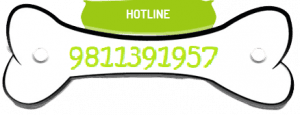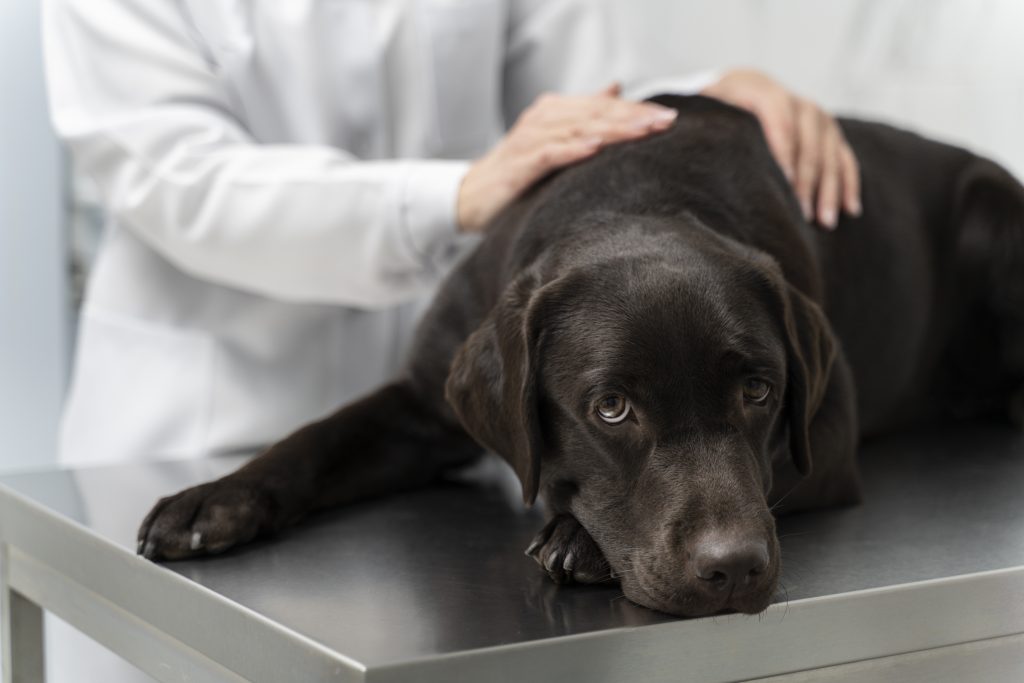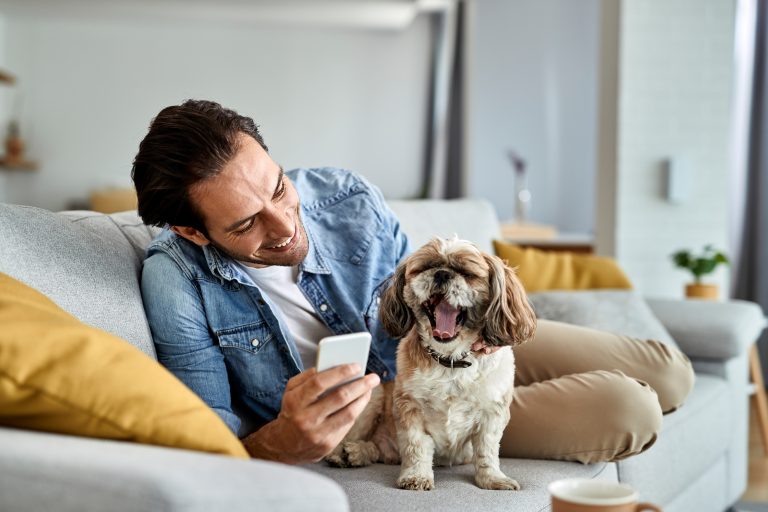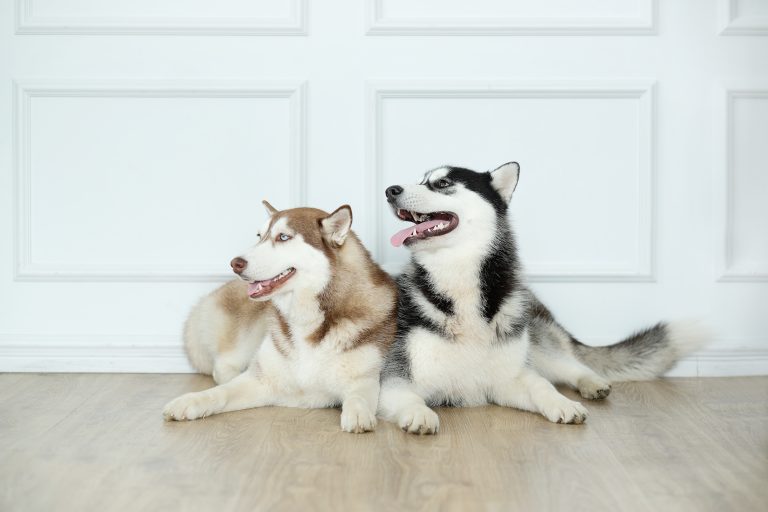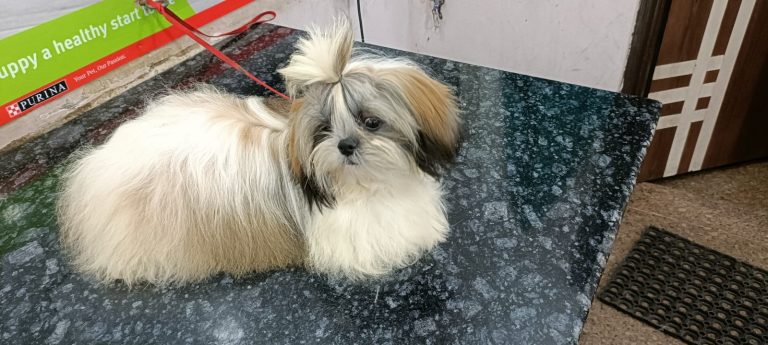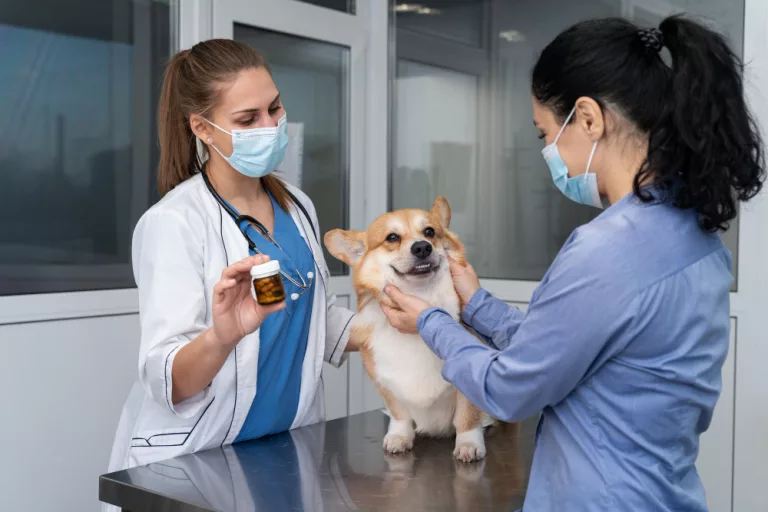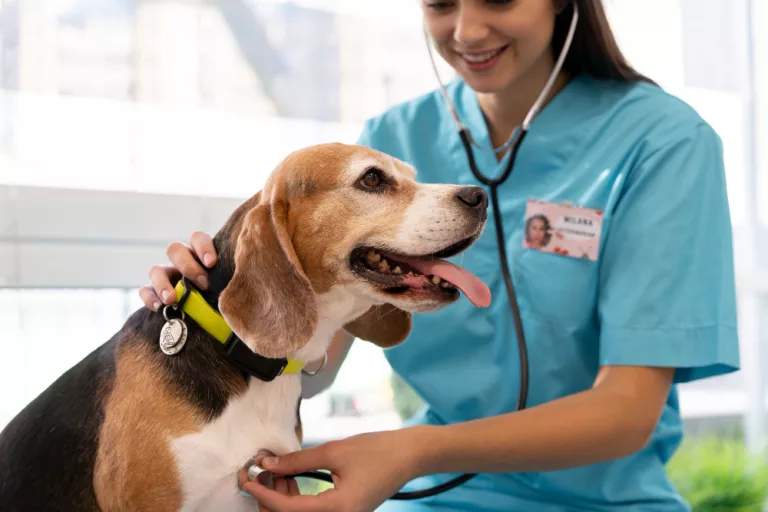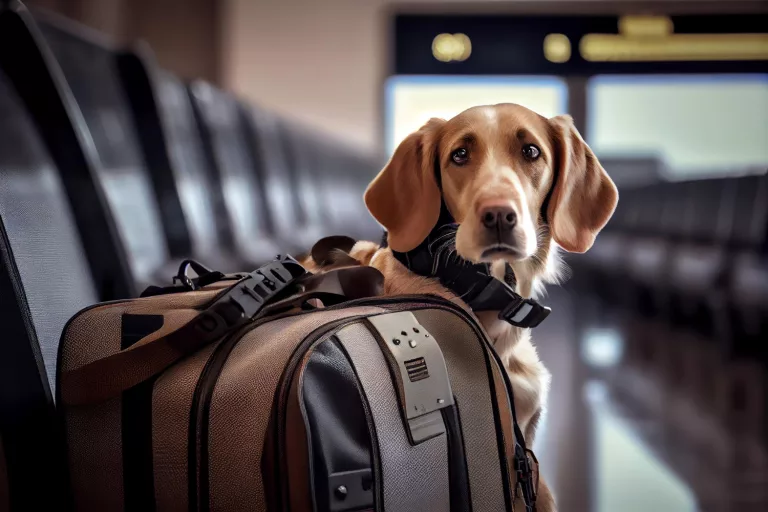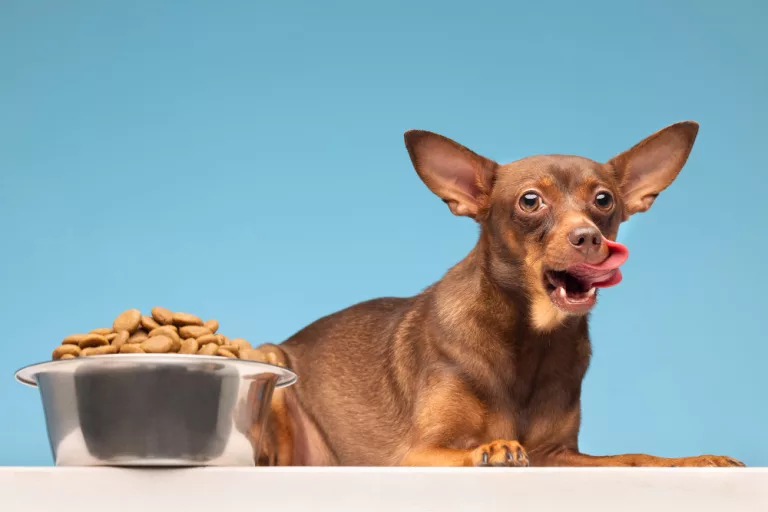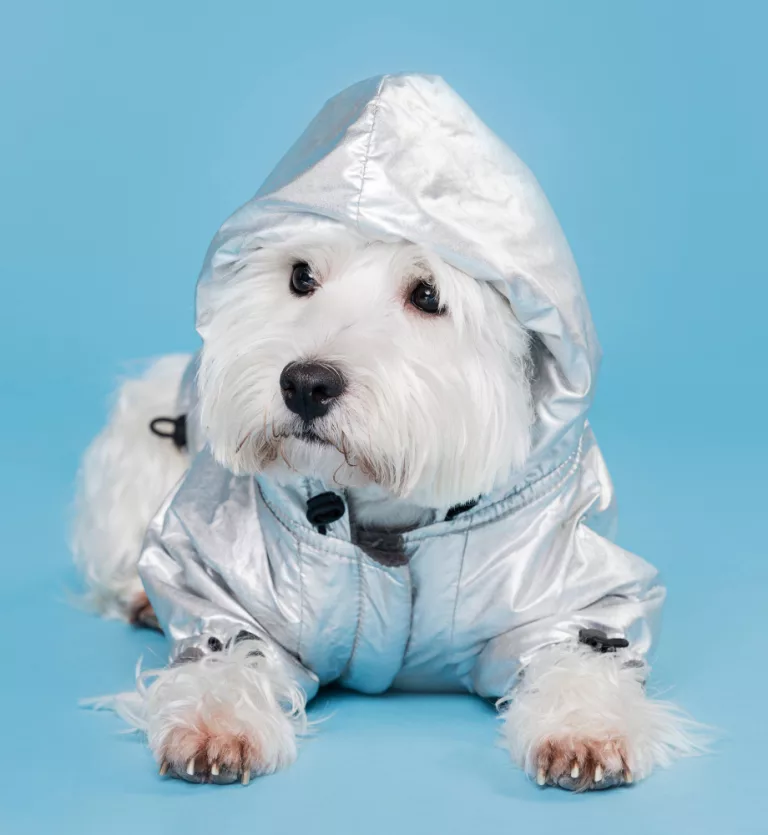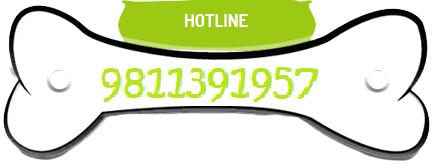METHOD 1
Just glide the flats of your fingers behind the shoulder blades. You should be able to feel individual ribs. Your dog must have a tucked up area in front of its hind legs or a waist. This method is also known as rib test.
METHOD 2
Look at your canine from the side and check if its abdomen is sagging. Then check your canine from the top it should look like an hourglass indentation in front of the hips. Your canine’s chest must be extended outwards and the waist tapering inwards making an hourglass.
